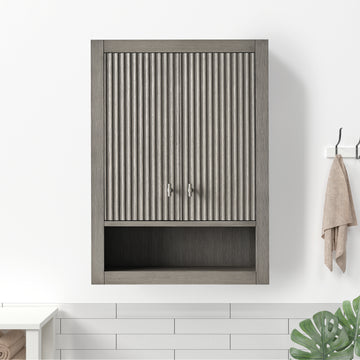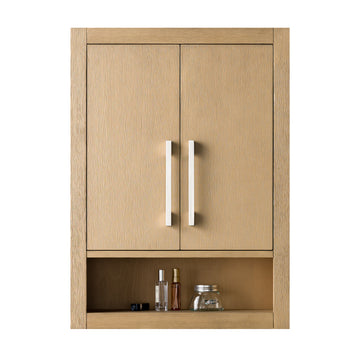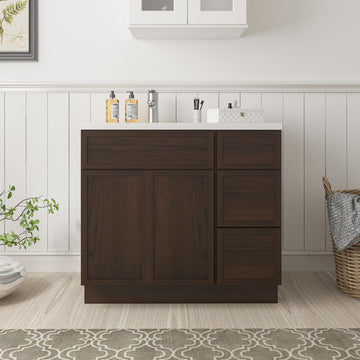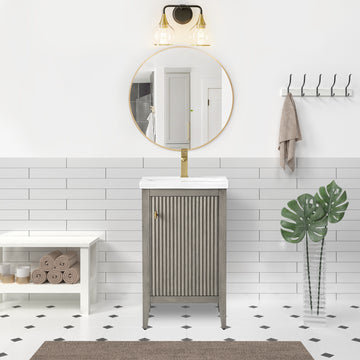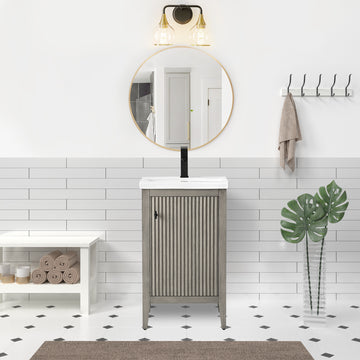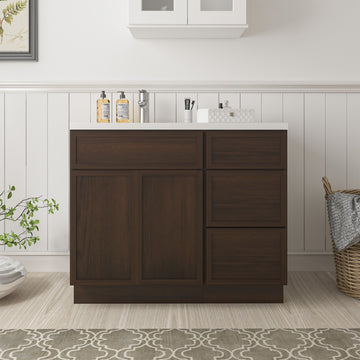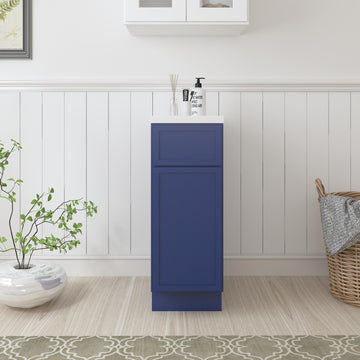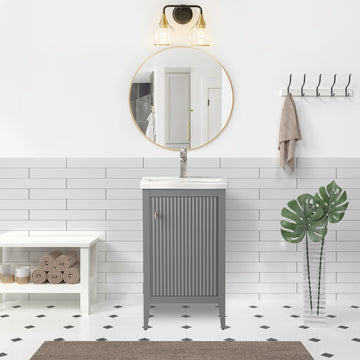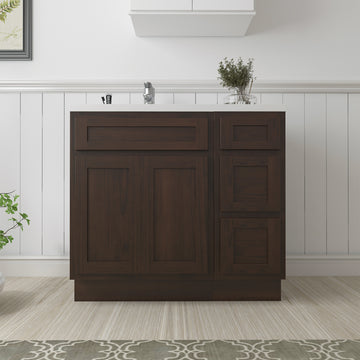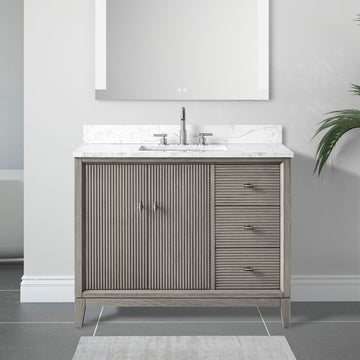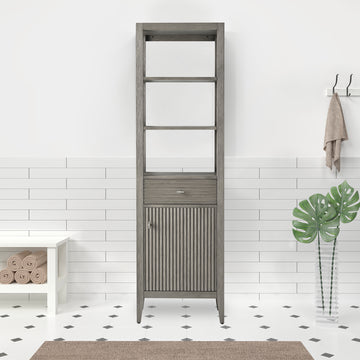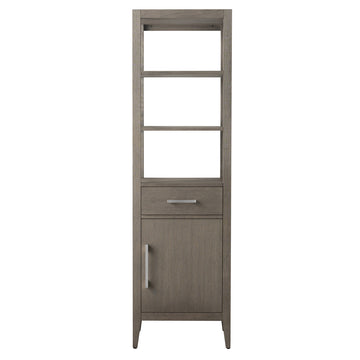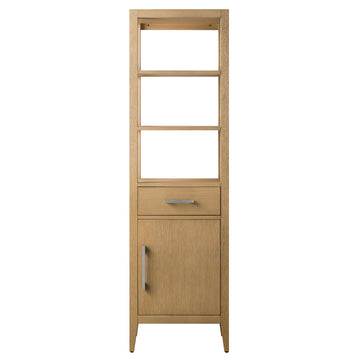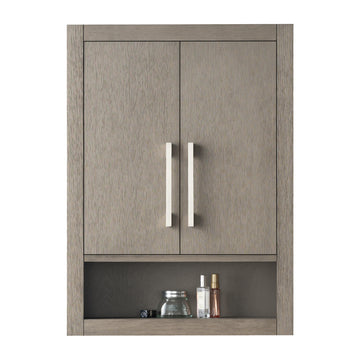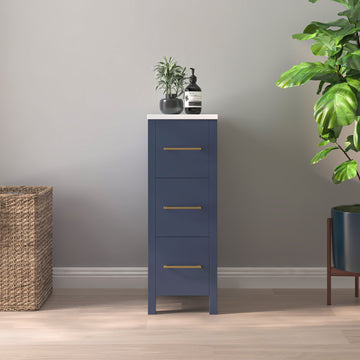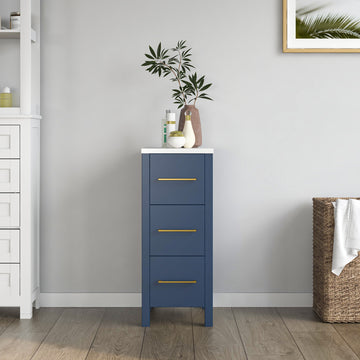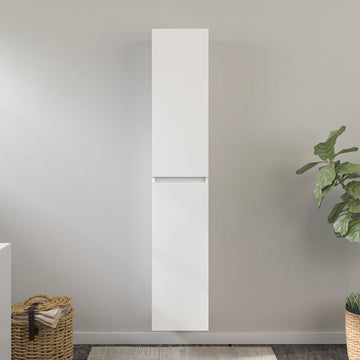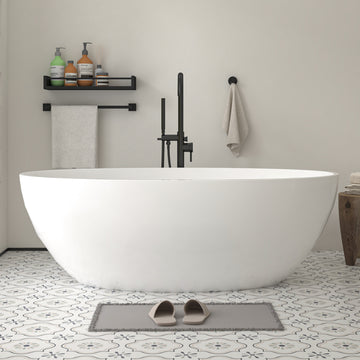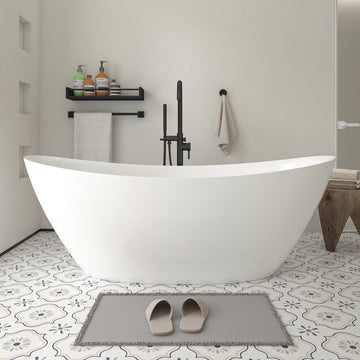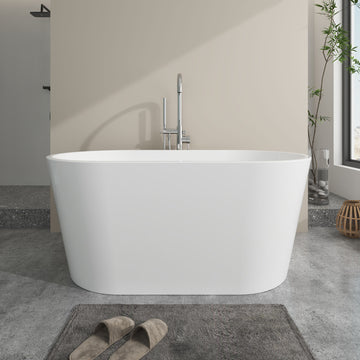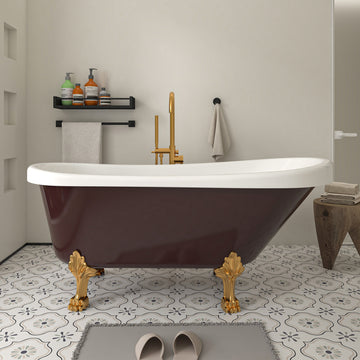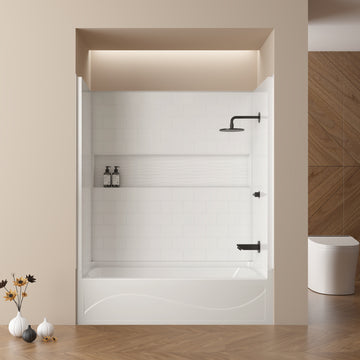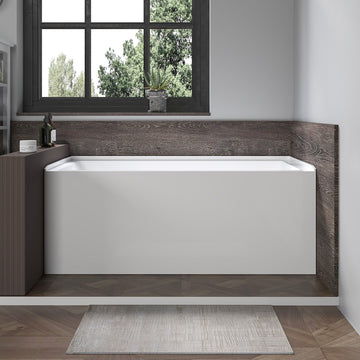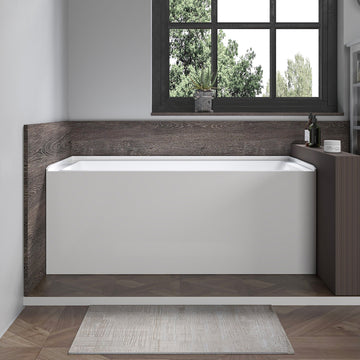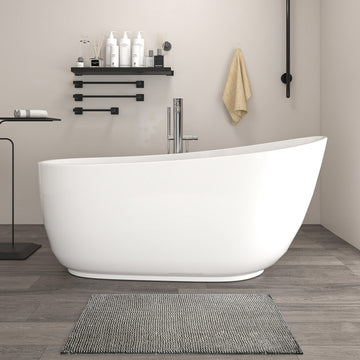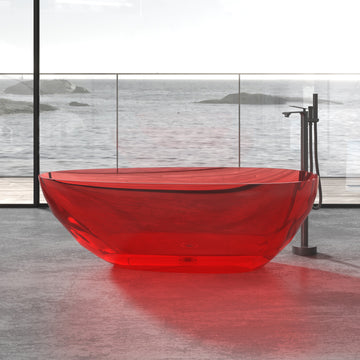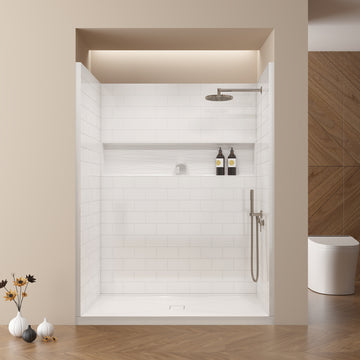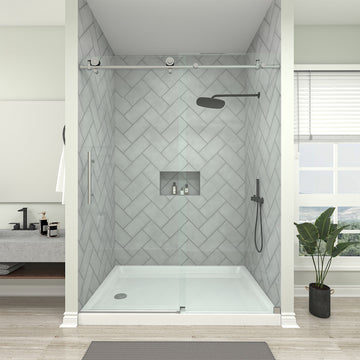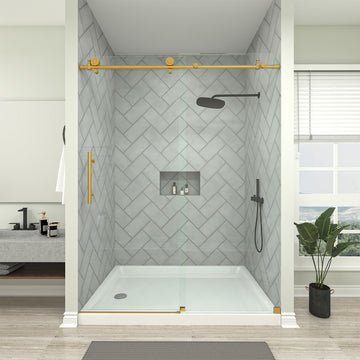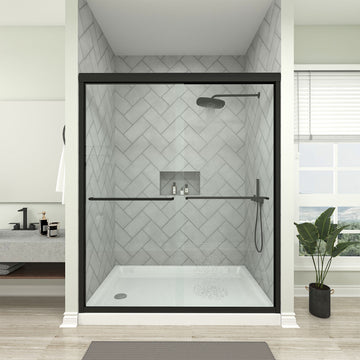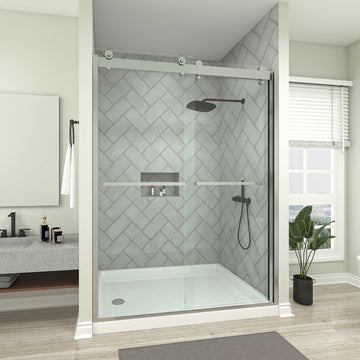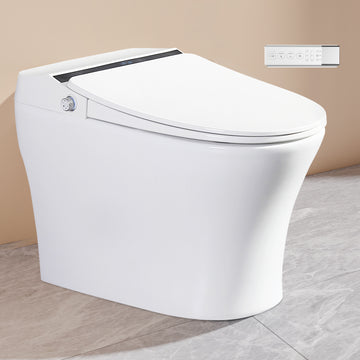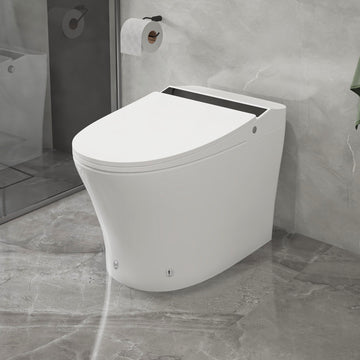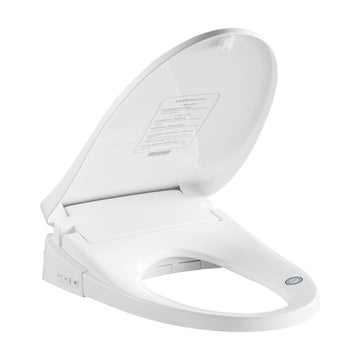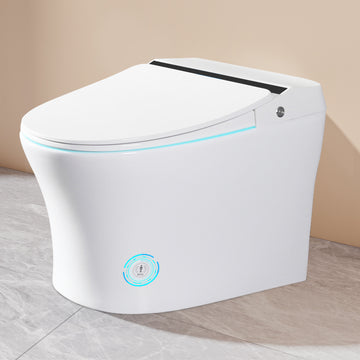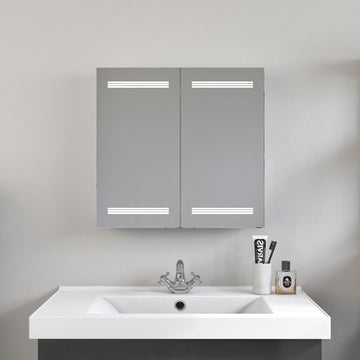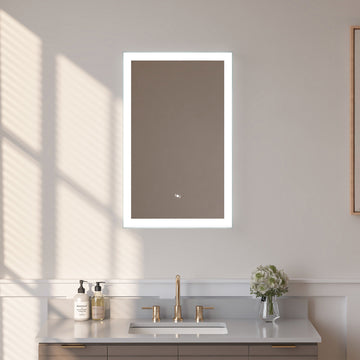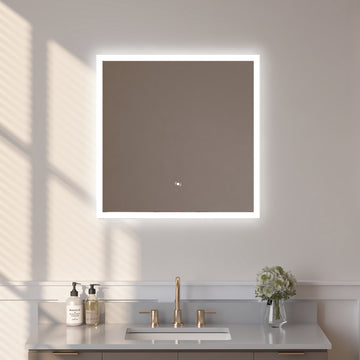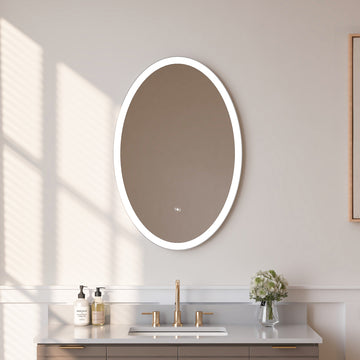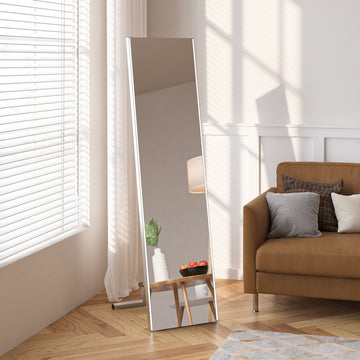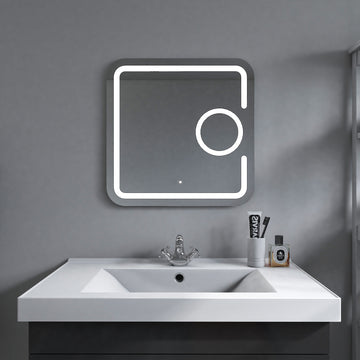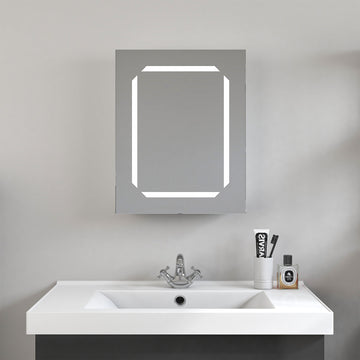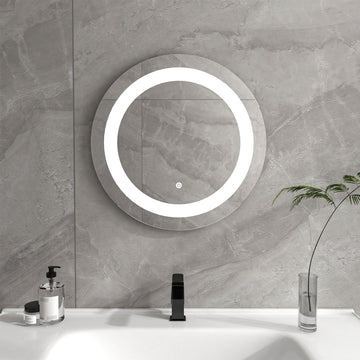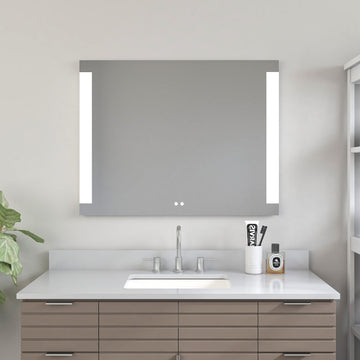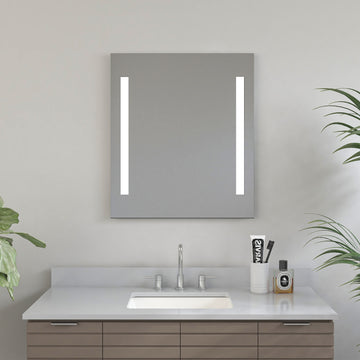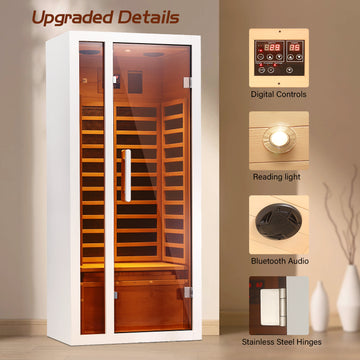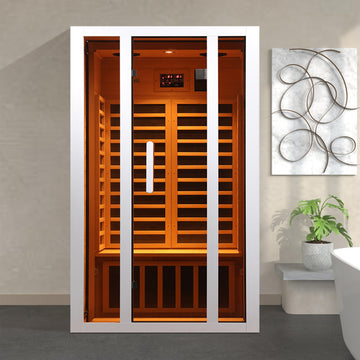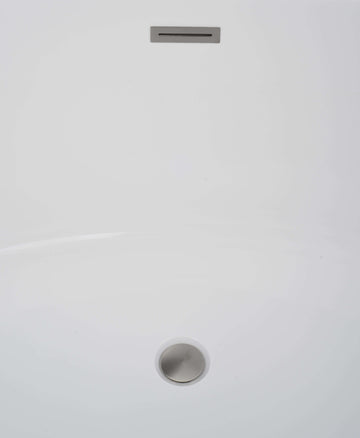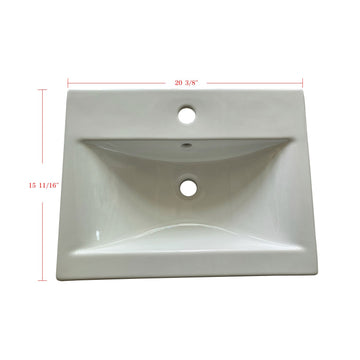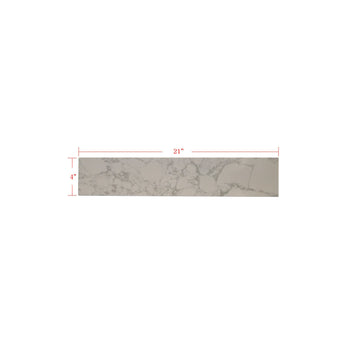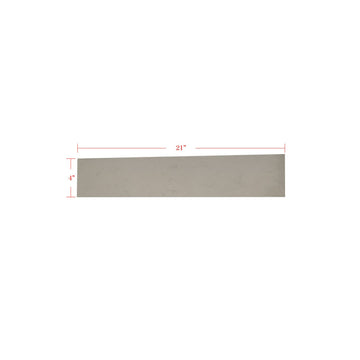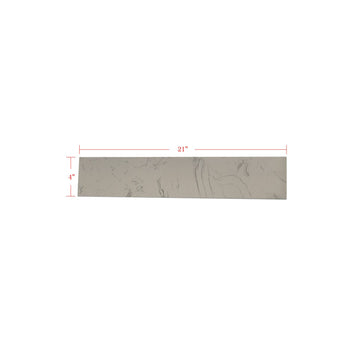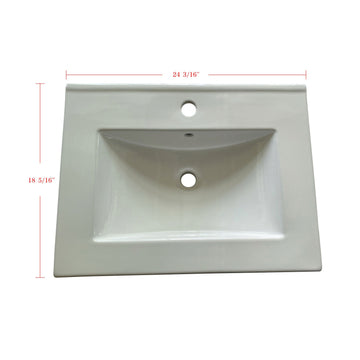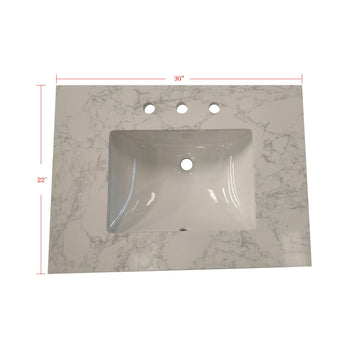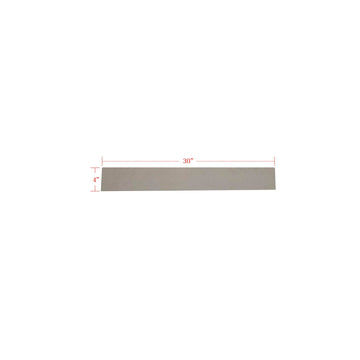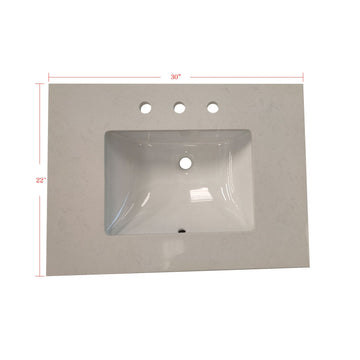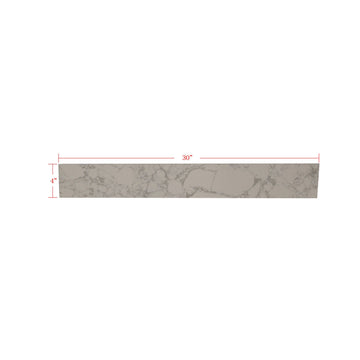A bathtub isn’t just about what fits; it’s about what feels right. Whether you are planning a full renovation or simply swapping out an old tub, understanding the different types of bathtubs available is the first step. From sleek, freestanding models to space-saving alcove tubs, today’s options blend style, comfort, and function in more ways than one.
In this guide, we will walk you through the most common bathtub types. Highlighting the design, utility, and function of each bathtubs, so you can find the one that best suits your space and your soaking style. Read on!
Different types of bathtubs by design
Bathtubs come in all shapes—some built for bold aesthetics, others for pure practicality. Here are the most popular designs you’ll come across:
Freestanding tubs
Freestanding tubs have surged in popularity as a versatile and stylish bathroom upgrade. Unlike built-in models, these tubs sit directly on the floor without attachment to walls, making them easier to install and reposition during renovations.
Their standalone design transforms them into a sculptural focal point, evoking a spa-like atmosphere in any space. From vintage-inspired clawfoot designs to sleek, minimalist oval shapes, freestanding tubs blend functionality with artistic flair. Many homeowners even place them in bedrooms or sunrooms to create a luxurious retreat.
Why Choose a Freestanding Tub?
- Design Freedom: Acts as a sculptural focal point, enhancing both bathrooms and unconventional spaces (e.g., master suites, sunrooms).
- Easy Installation: No need for wall anchoring; requires only floor space and accessible plumbing.
- Spa Experience: Deep soaking depths and ergonomic designs promote relaxation (e.g., slipper or double-ended shapes).
- Versatility: Styles range from vintage clawfoot to modern matte-black finishes to match any aesthetic.
Alcove tubs
Alcove tubs (also called corner tubs) are designed to fit snugly between three walls, with only one finished side exposed—making them ideal for compact bathrooms or homeowners prioritizing efficient layouts. As the most common bathtub type in residential spaces, they excel in small areas like apartment bathrooms or cozy guest suites.
Many models double as shower-bathtub combos, maximizing functionality in limited square footage.
Their simple installation and affordability are what makes them budget-friendly choices. While materials like acrylic or fiberglass ensure durability.
Why Choose an Alcove Tub?
- Space Efficiency: Fits snugly into small bathrooms, apartments, or guest suites without overwhelming the layout.
- Budget-Friendly: Typically 30-50% cheaper than freestanding/drop-in models (include source if possible).
- Dual Functionality: Most include shower-tub combos, perfect for families or tight spaces.
- Easy Maintenance: Smooth surfaces (acrylic/fiberglass) resist stains and simplify cleaning.
Drop-in tubs
Drop-in tubs are installed into a custom deck or platform, hiding their exterior for a clean, built-in aesthetic. This kind of setup lets homeowners personalize the surrounding materials like tile, stone, or wood to match their bathroom’s style.
The enclosure also serves as a practical feature, offering discreet storage for toiletries or towels. Popular in spa-inspired and luxury designs, these tubs balance elegance with functionality. For smaller spaces, corner-mounted drop-in tubs maximize square footage without sacrificing visual appeal.
Corner tubs
While alcove tubs are sometimes called "corner tubs" due to their three-wall placement, true corner tubs are specifically shaped to nestle into a bathroom’s corner. These models feature angled or triangular silhouettes (like pentagonal or wedge designs) that maximize otherwise underutilized space. Ideal for compact or irregularly shaped bathrooms, they offer a deeper soak than standard alcove tubs while maintaining a streamlined footprint.
Homeowners often choose corner tubs to:
- Enhance small bathrooms without overcrowding the floor plan.
- Add visual interest with bold geometric shapes.
- Pair with dual vanities or floating shelves in larger master suites.
Undermount tubs
Undermount tubs are mounted beneath a solid countertop or platform (such as quartz, granite, or engineered stone), creating a smooth, continuous surface between the tub rim and the surrounding material. While similar to drop-in tubs, the key difference lies in their installation: undermount models attach under the surface for a flush, zero-edge appearance, while drop-ins sit on top of a deck. This subtle detail elevates their aesthetic, making them a favorite for minimalist and luxury designs.
Why Choose an Undermount Tub?
- Effortless Cleaning: With no raised lip or crevices, they prevent grime buildup and simplify maintenance.
- Space Enhancement: The seamless transition between countertop and tub visually expands smaller bathrooms.
- Design Versatility: Pair with a matching undermount sink for a cohesive, high-end look.
While style and placement are key to your bathtub’s visual appeal, the material it’s crafted from plays an equally vital role in shaping your bathing experience.
From the warmth of natural stone to the sleekness of modern acrylic, the choice of material impacts not only durability and maintenance but also how your tub feels against your skin and integrates with your bathroom’s aesthetic.
Whether you’re drawn to the timeless elegance of cast iron, the affordability of fiberglass, or the artisanal charm of copper, understanding these materials will help you select a bathtub that’s as functional as it is beautiful. Let’s dive into the world of bathtub materials to uncover the perfect match for your relaxation sanctuary.
Different types of bathtubs by material
The material of your bathtub doesn’t just affect how it looks—it also impacts weight, durability, heat retention, and cost. Here are the most common bathtub materials to consider:
Acrylic
Lightweight, affordable, and available in a wide range of shapes and sizes, acrylic is one of the most popular choices. It holds heat well and is easy to repair if scratched, making it great for everyday use.
Fiberglass (FRP)
An even more budget-friendly option. Ffiberglass bathtubs are lightweight and simple to install. However, they’re less durable than other materials and may fade or crack over time with heavy use.
Cast iron
Coated in enamel, cast iron tubs are incredibly strong and retain heat for long, luxurious baths. They’re also heavy—really heavy—which may require floor reinforcement, especially in upstairs bathrooms.
Porcelain-enameled steel
These tubs look like cast iron but are made from a lighter steel base. While more affordable and easier to install, they don’t retain heat as well and are more prone to chipping.
Stone resin
Stone resin tubs mimic the look and feel of natural stone but are more affordable and easier to maintain. They’re durable, modern, and excellent at holding heat—ideal for spa-like bathrooms.
Copper or stainless steel
For a truly unique statement, some homeowners opt for metal tubs. Copper adds rustic warmth and natural antibacterial properties, while stainless steel brings an industrial edge. Both are durable but come with a higher price tag.
Wood
For those seeking a blend of organic elegance and artisanal craftsmanship, wooden bathtubs offer a striking alternative to traditional materials. Handcrafted from sustainably sourced hardwoods like teak, cedar, or oak, these tubs bring the soothing essence of nature into your bathroom. The natural grain patterns and warm tones of the wood create a rustic yet sophisticated aesthetic, making each piece a unique centerpiece.
Other types of bathtubs
Not all bathtubs fit neatly into one design or material category. Some are built for specific purposes—whether it’s relaxation, accessibility, or simply working with a unique space. Here are a few worth knowing:
Cold plunge tubs
While most bathtubs prioritize comfort and aesthetics, cold plunge tubs break the mold by focusing on health optimization and recovery.
These purpose-driven fixtures are designed for short, invigorating immersions in chilled water (typically between 50–59°F / 10–15°C) to boost circulation, reduce inflammation, and enhance mental resilience.
Unlike traditional tubs, their value lies not in their shape or material—common options include stainless steel, acrylic, or concrete—but in their ability to deliver targeted therapeutic benefits.
Whirlpool tubs
Think built-in jets and swirling water. Whirlpool bathtubs are designed for hydrotherapy, offering a spa-like massage experience at home. They're ideal for those looking to relieve sore muscles or just relax after a long day.
Air tubs
Similar to whirlpools but gentler, air tubs release thousands of tiny bubbles instead of strong jets. The effect is more subtle and soothing, perfect for a quiet, meditative soak.
Walk-in tubs
Made with accessibility in mind, walk-in tubs feature a door for easy entry and a built-in seat. They’re often used by seniors or people with mobility challenges, combining comfort with safety features like grab bars and anti-slip flooring.
Japanese tubs

The Japanese ofuro, or traditional soaking tub, represents more than just a bathing vessel—it embodies a cultural ritual rooted in mindfulness, purity, and sensory immersion. Unlike Western bathtubs designed for reclining, the ofuro is compact and deep, crafted to accommodate a seated, upright posture that fully submerges the body.
Traditionally made from aromatic woods like hinoki cypress, cedar, or Japanese cedar, these tubs are celebrated for their organic warmth and therapeutic qualities. The hinoki wood, in particular, releases a subtle, calming fragrance believed to reduce stress and enhance relaxation, while its natural antibacterial properties ensure a hygienic soak.
The ofuro experience is defined by its accompanying rituals and accessories, transforming a simple bath into a meditative practice. Before entering the tub, bathers typically perform a pre-rinse using a wooden stool (yukimi) and bucket to cleanse the body, ensuring the shared bathwater remains pristine.
A lightweight cotton towel (tenugui) and plant-fiber brush are used for gentle exfoliation, often paired with natural soaps made from rice bran or seaweed. A long-handled hinoki dipper pours water over the body during this pre-bathing ceremony, symbolizing purification.
Adjacent to the tub, a tatami mat provides a soft, slip-resistant surface, while a small wooden seat inside the tub enhances comfort during extended soaks.
Opting for an ofuro appeals to those seeking both practicality and tranquility. Its space-saving design—often square or rectangular—makes it ideal for small bathrooms, offering deep immersion without monopolizing floor space.
Beyond functionality, the ofuro fosters mindfulness, encouraging bathers to slow down and engage in intentional self-care. Modern adaptations now blend tradition with innovation: while purists favor handcrafted hinoki wood, contemporary versions may use stainless steel or acrylic for easier maintenance.
Advanced models even integrate temperature controls or smart technology for app-regulated heating, though the essence of the ritual remains unchanged.
Combination tubs
Need a tub and a shower but don’t have room for both? Combo tubs are exactly what they sound like—bathtubs designed for dual use. They’re common in smaller bathrooms and make efficient use of space without sacrificing comfort.
How to choose a bathtub for your bathroom
With so many options available, choosing the right bathtub can feel overwhelming—but it doesn’t have to be. A few key considerations can help you narrow things down and make a choice that fits your space, lifestyle, and budget.
Measure your space
Before falling in love with a freestanding tub or corner spa, double-check your bathroom layout. Alcove and corner tubs are ideal for compact bathrooms, while larger spaces can accommodate drop-in or freestanding designs more comfortably.
Think about function
Are you a long-soak-on-the-weekend kind of person? Or do you need something quick and practical for a busy household? Whirlpool and air tubs cater to relaxation, while shower-tub combos offer versatility for daily use.
Consider your budget
Bathtub costs can vary widely depending on material and features. Acrylic and fiberglass are cost-effective and easy to install, while stone resin, copper, or cast iron add elegance at a higher price point.
Look at the long term
Durability, maintenance, and energy efficiency matter. Materials like cast iron and stone resin last for decades and hold heat well, which could save water and energy in the long run.
Match your style
Your bathtub should blend with your overall bathroom aesthetic. Sleek undermount tubs suit minimalist designs, clawfoot styles bring vintage charm, and sculptural freestanding tubs work well in modern or luxurious spaces.
Plumbing and installation
Some tubs require more complex plumbing or reinforcement—especially heavy ones like cast iron or those with jets. It’s always smart to consult a contractor before finalizing your choice.
Wrapping up
Choosing the right bathtub isn’t just about filling a space—it’s about creating a personal retreat that fits your needs, your home, and your style. Whether you’re drawn to a modern freestanding tub, a functional shower-tub combo, or something built purely for relaxation, there’s a design out there for everyone.
Take your time, do a little planning, and focus on what matters most to you—comfort, durability, budget, or a bit of everything. The perfect soak is worth it.
